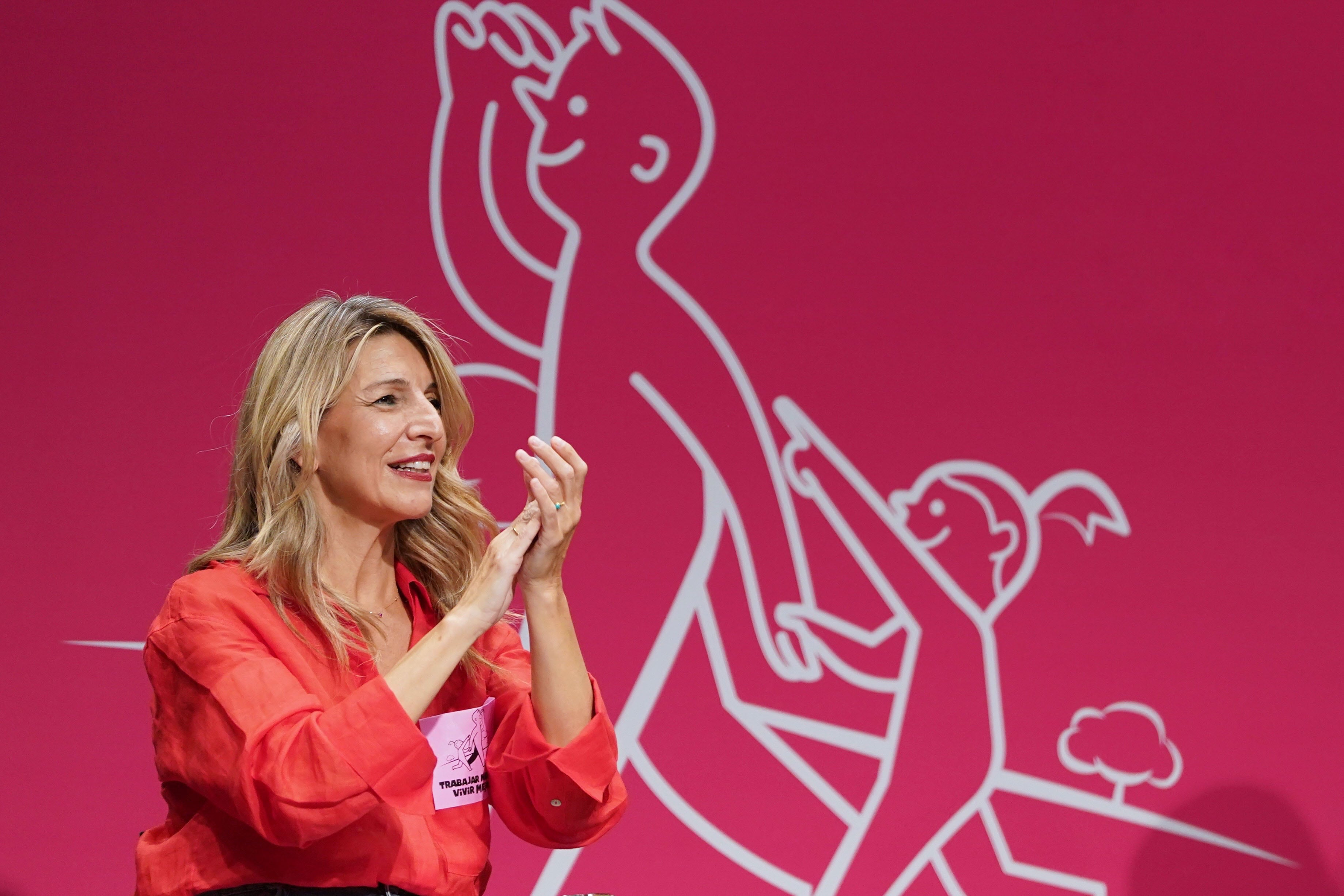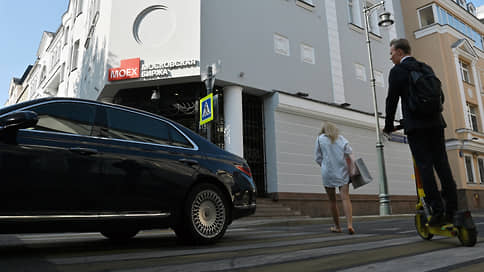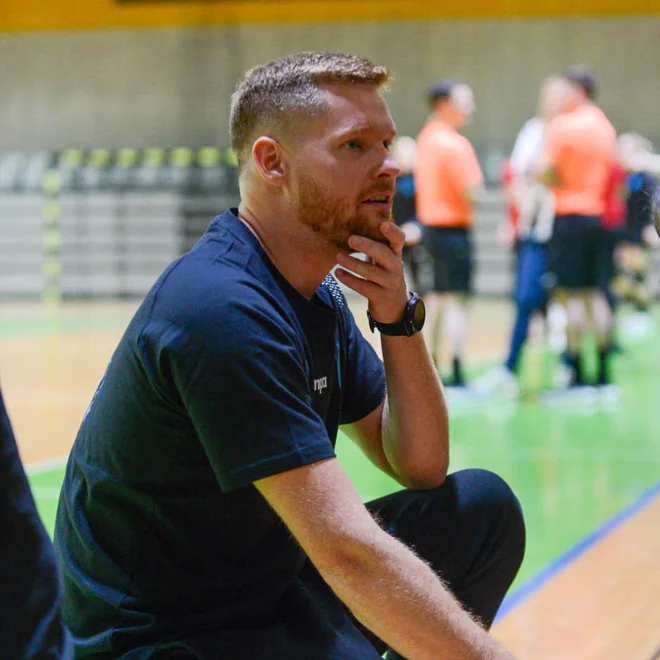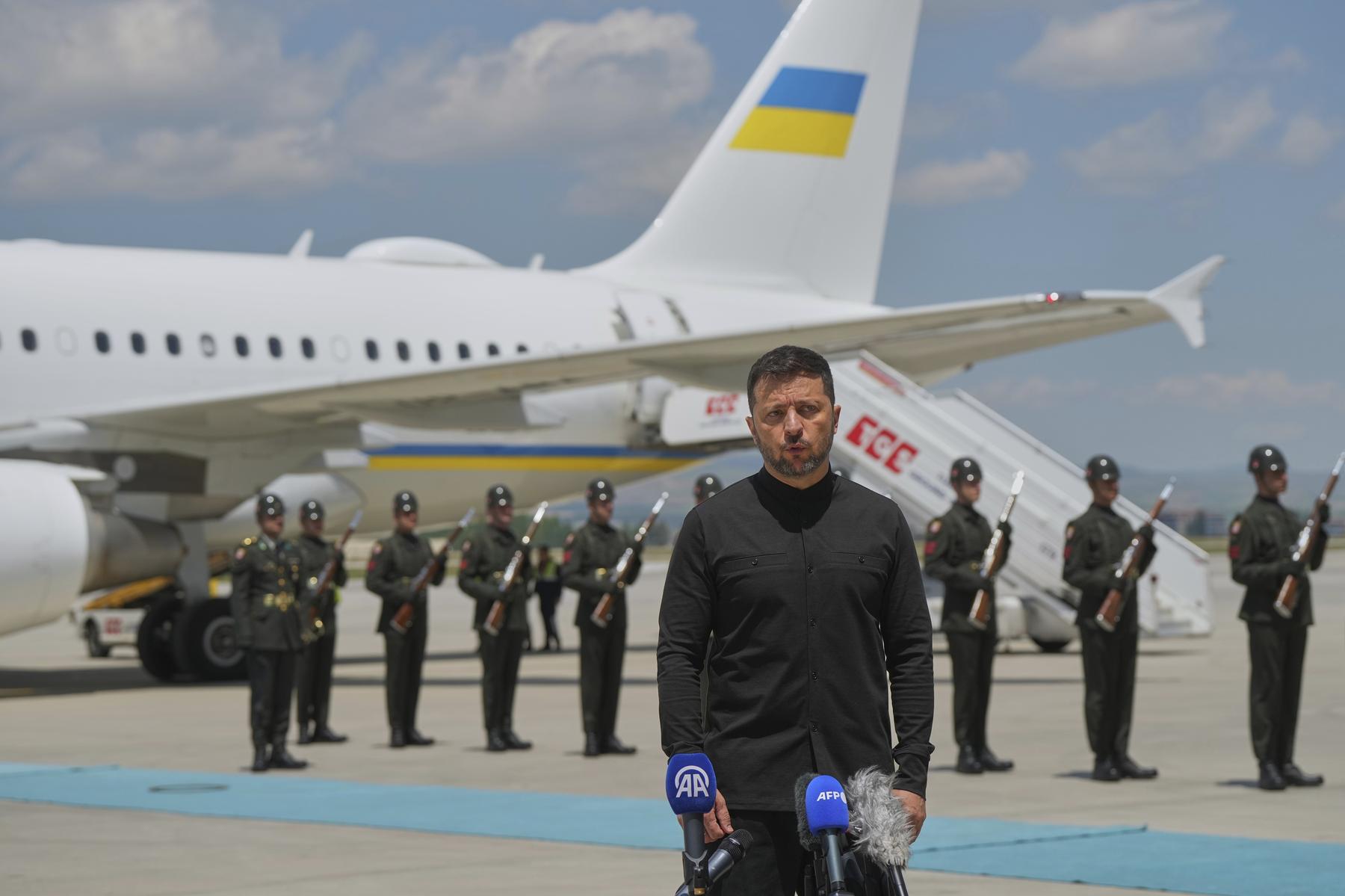When Marshal’s brothers wore modern from Valencia | News from the Valencian Community
In the beginning, it was the game: the 80s, the color, the party, the drugs. Then, the work: two collections a year, catwalks in Madrid and Barcelona and Milan, four stores in Spain, a faithful clientele. And, just over ten years later, a change of time that put an end to the game and work: the 90s, the FAST FASHION, Use and throw clothes, other tastes.
When in 1980 part of the 11 brothers errando Mariscal They began to experiment with tissues, patterns and prints, when everything « exploded like a pressure cooker », when the surname of the Popular designer Javier Mariscal It was the symbol of a new way of doing things, they did not imagine that some screening t -shirts would be the germ of the fashion traffic brand, nor that this would have a brief life: a meteoric ascent, a fulminating fall.
This is how Pedrín Errando, designer, whose sketches, photos and clothes host the exhibition remembers Fashion traffic. Arrebato, game, family which can be visited until October 12 at the La Nau Cultural Center. A circular route that covers from the famous Errando t -shirts, pioneers to get on a catwalk, to winter coats or children’s clothing. « We contribute to give color to a repressed culture, to a repressed society and a repressed aesthetic, » says the designer.
Game: « A testimony of those who exploded everything »
Children of a Falangist father but tolerant of inside doors who died when Pedrín was ten years old and a mother with unfulfilled artistic aspirations who died to his sixteen, the brothers sought their “own universe” to flee the tedium of the Valencian bourgeoisie. That universe, for Pedrín, began to be the music but, as everything was about to do and everything was possible, he soon turned to the design when his brother Jorge opened the vintage store the man of the horse and the others began to manufacture things to sell in it as small painted glass objects, wooden gifts or handmade sweaters.
« Fashion traffic was our passage from adolescence to maturity, the most beautiful era, where everything is about to experience, to discover, to enjoy, but it is also a testimony of those who exploded everything, » says Pedrín errando. For that controlled explosion, the self -taught Pedrín, Santi, Jorge and Ada Errando, Javier Mariscal, and the then couple of Pedrín, María José Villalonga, used as a weapon as simple as a shirt.
The image, now, is not surprising, but then it did: a group of models, chosen from among the family’s friends, climbs to the catwalk. They wear printed, serigraphy t -shirts, cheerful, colorful, casual. Not dressed, no heels, nor lycra, nor tops: t -shirts. « At the moment in which urban tribes are based, they uncheck and embrace the concept of antimoda: not to get bored do not seek to generate a brand identity, but all their collections are different from each other, beyond the shirt as an iconic and unprecedented garment in the parades, » says the art historian and curator of the exhibition, Esther González Gea.
In those first passes in the Gaudí Salon in Barcelona, in Madrid Cibeles, they broke everything, also with the concept of model. They went up to the catwalk to groups of girls, to people who not only paraded but spoke between them, who interacted in a kind of chaos, children. “We renegated from glamor, the Celebritiesof the TOP MODELSof all that world, and we were looking to do something less mythified, closer to people, sometimes more urban, ”says the designer.
Hurry: « There was a very powerful expectation »
Pedrín remembers the party and fun, but also the work and, above all, the hurry: « We had to run a lot because the events were always about to overflow. » Run to produce, run to professionalize. To always do something different. In the fashion traffic catalog there are costumes that mimic Gauguin or Van Gogh, there are shirts with doll prints designed by Javier Mariscal, there is a winter coat with a print inspired by the historic tapestries of cuces, there are dresses inspired by light suits, there are suits that seek to imitate the sobriety of the simple life of the peoples and the Mediterranean field.
It is difficult to determine when the game began to become work. « To parade we had to learn to make a sample in conditions, and then to work two collections a year, a tremendous thing, » recalls. There was, he says, « a very powerful expectation. » That transformation defines it with a word: vertigo.
María José Villalonga, in charge of production, began to detect rhythms that made the adventure begin to resemble a company: « We were going to the fairs in Paris and we saw trends, and from there Pedrín came with prints and told her brother (Javier Mariscal) ‘I want this, » he explains. Then, she was going to see the manufacturers and began the search for quality: cotton, wool, derived from cellulose, linen. Materials that would last, because fashion traffic collections were held in a store for several years and the customers were encouraged to recombine garments. There were four stores -in Valencia, Barcelona, Madrid and Valladolid -, about thirty employees and a workshop. And a community of faithful who « went to the store because they identified with the style and allowed themselves to choose to choose. »
Closing: « The ‘Fast Fashion’ swept a sector in a short time »
1992 was the year of the Olympics of Barcelona, the year of the Universal Exhibition of Seville, the year of Cobi, the pet that Javier Mariscal designed for the Olympic appointment. But also the end point of a project, which saw the change of time coming when it was late. « I blame the Fast Fashionwhich later was spreading to food, tourism and has ended up causing a very large sustainability problem, ”laments Pedrín. The chopped fall was fulminant.“ It was very fast, he swept a sector in a very little time, and that is something that in all sectors passes, but in fashion it is especially tremendous, ”he considers. In 1992, the brothers decided to put an end to trafficking of a fashion sister.
But they do not find reasons for nostalgia because the fashion traffic legacy is in force today. « We were present concepts such as sustainability, that clothes last more than one season, that you would buy it and you could wear it for years, » says Errando. Also the community, built from an extended family, of friends-workmen and clients-friends. « And Androginia, with our commitment to take off the women’s body clothes, for the shirt in front of the liques that were then taken, » adds Pedrín, who believes are « many keys that have to do with identity, with political claim. » Politics as something that went beyond the rallies and protests of their older brothers. « They were very committed to the anti -Franco struggle and we appeared with what seemed like a more frivolous attitude, but then they realized that it had value, and perhaps today it was valid again, » he says.
Esther González Gea ensures that, due to that validity, the exhibition – which also includes documentation and sketches that hosts the Valencian archive of design – « has not remained in the glorification of a brand and a time, but in its present character. » « We want young people to see that another way of creating fashion is possible, but also that another way of consuming is possible. » That other way, for Pedrín, is play, party, celebration, the « avidity » that detects in young creators. Also work, quality, care. And something that was then for them an instinct and that today we call sustainability. « Today the only thing that may make sense is fair fashion, » he concludes.








